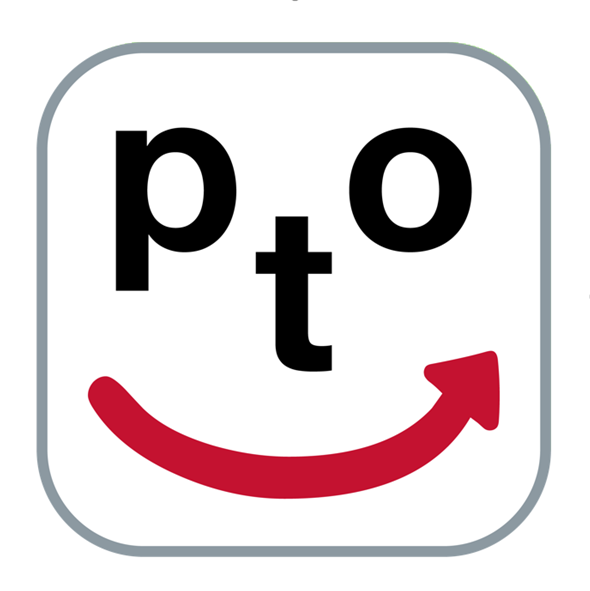All students are required to study Digital and Design and Technologies subjects in Years 7 and 8.
Design and Technologies
Learning in Design and Technologies builds on concepts, skills and processes developed in earlier years, and teachers will revisit, strengthen and extend these as needed.
Students have opportunities to learn about technologies in society at least once in the following contexts: engineering principles and systems; food and fibre production; food specialisations; and materials and technologies specialisations. Students are provided with opportunities to design and produce products, services and environments.
Students have opportunities to select from a range of technologies, materials, components, tools and equipment. They consider the ways characteristics and properties of technologies can be combined to design and produce sustainable solutions. They develop strategies which enable them to consider society and ethics; economic, environmental and social sustainability factors. Students' use of creativity, innovation and enterprise skills is encouraged to increase independence and collaboration.
Students are given opportunities to respond to feedback from others and evaluate their design processes and solutions. They investigate design and technology solutions and the implications for each on society, locally, regionally and globally. Students develop their techniques for evaluating the advantages and disadvantages of design ideas.
Students have opportunities to engage with a range of technologies, including a variety of graphical representation techniques to communicate ideas. Students generate and clarify ideas through sketching, modelling and perspective drawings.
Students identify the increasingly complex sequences and steps involved in design tasks. They develop plans to manage design tasks, including safe and responsible use of materials and tools to successfully complete design tasks.
Digital Technologies
Learning in Digital Technologies focuses on further developing understanding and skills in computational thinking, such as decomposing problems and engaging students with a wider range of information systems as they broaden their experiences and involvement in national, regional and global activities.
Students have opportunities to create a range of solutions, such as interactive web applications or simulations.
Students explore the properties of networked systems. They acquire data from a range of digital systems. Students use data to model objects and events. They further develop their understanding of the vital role that data plays in their lives.
Students are provided with further opportunities to develop abstractions, identifying common elements, while decomposing apparently different problems and systems to define requirements; and recognise that abstractions hide irrelevant details for particular purposes. When defining problems, students identify the key elements of the problems and the factors and constraints at play. They design increasingly complex algorithms that allow data to be manipulated automatically.
Students predict and evaluate their developed and existing solutions, considering time, tasks, data and the safe and sustainable use of information systems.
Students plan and manage individual and team projects with some autonomy. They consider ways of managing the exchange of ideas, tasks and files and feedback. When communicating and collaborating online, students develop an understanding of different social contexts; for example, acknowledging cultural practices and meeting legal obligations.
In Years 7 and 8 students reflect on changes in their own use of language(s) over time, noticing how and when new ways are adopted or existing ways adapted. The practice of reviewing and consolidating prior learning is balanced against the provision of engaging and relevant new experiences and connections.

 Parent Teacher Interviews
Parent Teacher Interviews